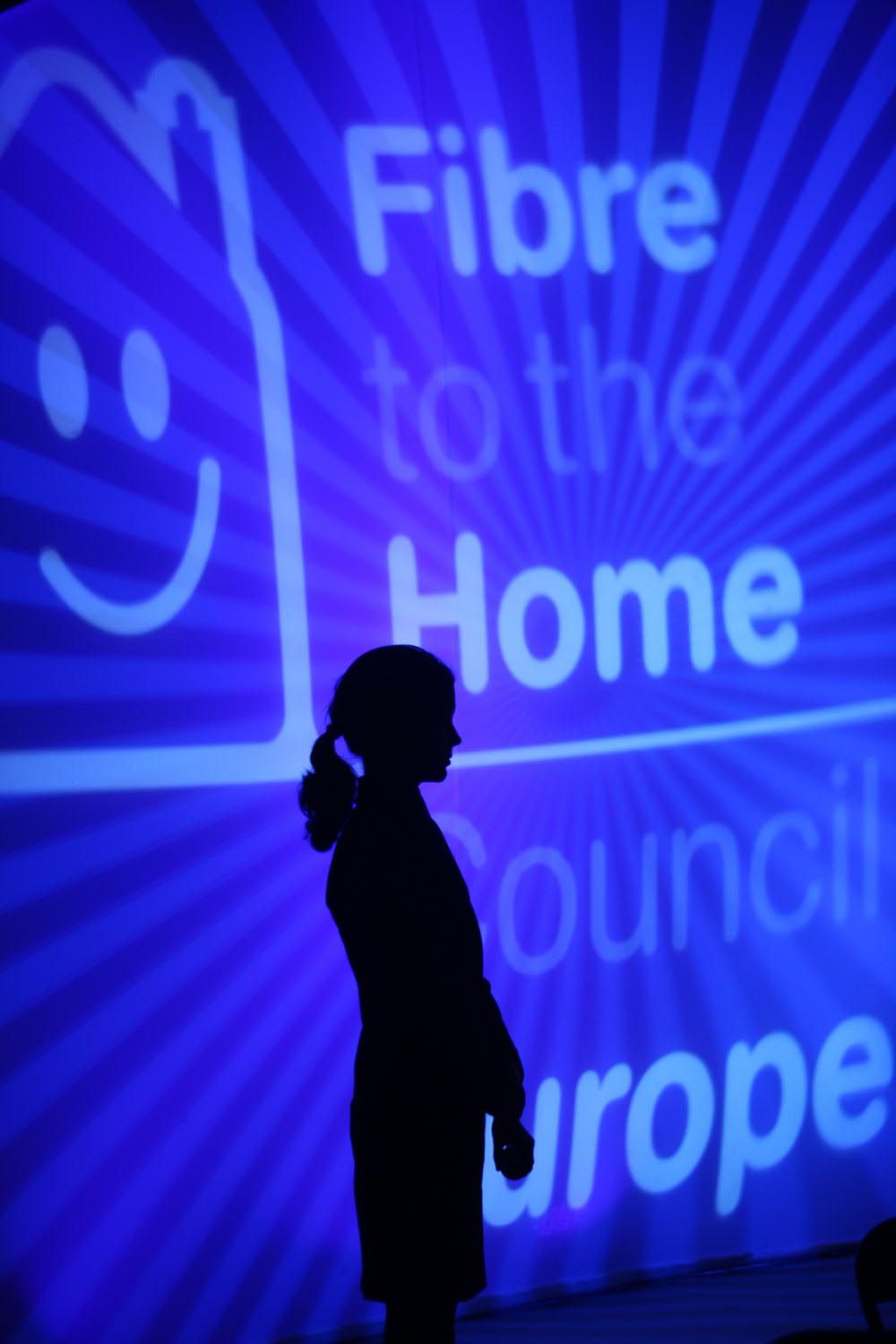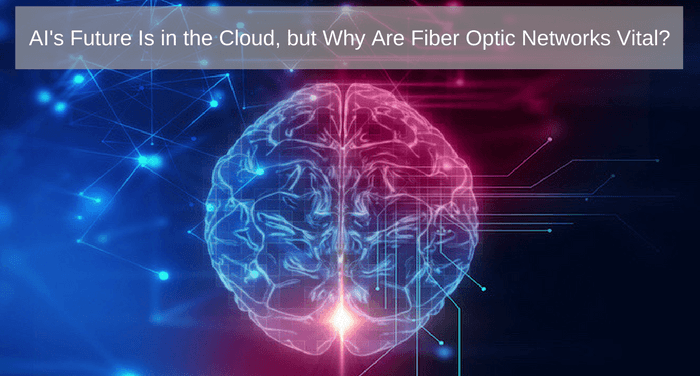 The end of the year is quickly approaching, and as fast as it is moving out, the prognostications are coming in for 2018. What will cable’s New Year’s resolutions be? Netcracker Technology feels that customer experience should be at the top of the list.
The end of the year is quickly approaching, and as fast as it is moving out, the prognostications are coming in for 2018. What will cable’s New Year’s resolutions be? Netcracker Technology feels that customer experience should be at the top of the list.
One area of concern is how to drive innovation and agility without being disruptive to customers.![]()

“It is an ongoing data management exercise,” said Paul Hughes, Netcracker’s director of strategy. “It is a customer lifecycle process centered around data. Core points (should be) captured, measured and used in a way that the ongoing customer journey continues to be refined.”
Data from the back office – such as customer relationship management (CRM), billing components and social media – can help an operator define the optimal journey for each customer. By analyzing information from these and other core sources, the cable operator can determine how to initiate the right interactions, service notifications and package modifications.
“All data gets captured as part of the process (in the) digital service era. (Operators) should take all the data, use AI and analytics, to get more insights around the customer,” Hughes said, noting that a good experience leads to retention.
Becoming a one-stop shop is another way to improve the customer experience, and thereby reduce churn, Hughes said. Operators have a better opportunity to stay in video and not just sell capacity and connectivity if they become the center of customer interaction and an “experience integrator.”
An example is working with over-the-top (OTT) providers that may not have the marketing power to reach and attract large numbers of customers.
“The best way to drive eyeballs is to have a relationship with the MSO,” Hughes said. “Cable can take on the responsibility of onboarding, managing billing and revenue sharing …. From the consumer perspective, this creates the opportunity to strengthen (an operator’s) role in the market.”
A sci-fi fan might appreciate learning about an OTT provider that offers related content and would likely be willing to pay for it.
“The operator can differentiate, by (taking on) a central role,” Hughes said.
Looking even further into the future, 5G wireless technology, while likely a couple years away from reality, will offer increased bandwidth, but will bring with it connectivity and power issues, Hughes said. The cable operator could take on the responsibility of providing connectivity and bridging the gap for 5G networks.
Cable, however, could also see 5G as a direct threat, with its promise to offer gigabit speeds and support 4K video streams through a wireless provider.
“This becomes one of the areas where cable has to think about the great opportunity to partner to provide quality of experience. But it also is a competitive threat if they don’t think about ways to take advantage of it,” Hughes said.











